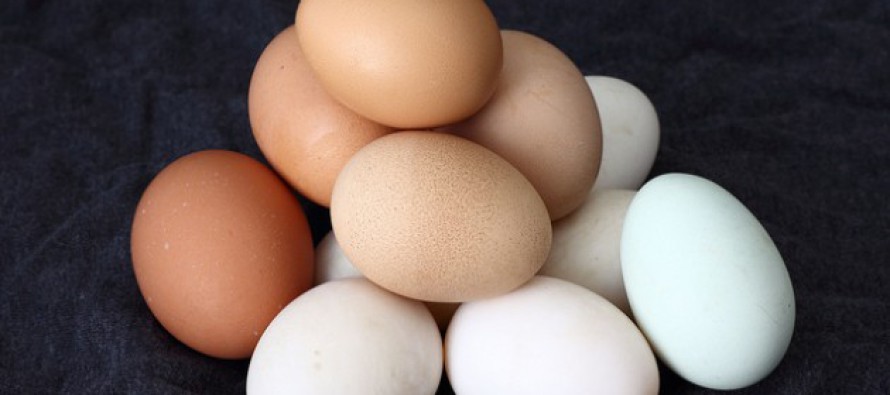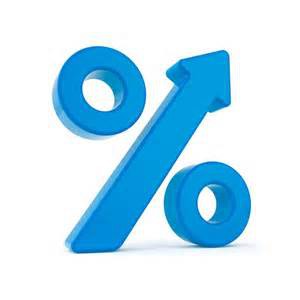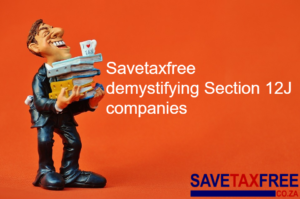The best savings strategy money can buy

Story Highlights
- tax free savings
- tax free savings account SA
Related Articles
By Stuart Theobald. 18 May 2015
How should you fit tax-free savings accounts into the rest of your savings strategy? There are three savings “buckets” to think about. To make the most of the tax and other incentives available, you should think carefully about which bucket your savings should go into.
The first one is for your retirement savings. And for that, traditional retirement savings vehicles beat tax-free savings accounts. For every other savings goal – a deposit on a house, a big holiday, your children’s education or supplementing your retirement money – tax-free savings accounts are a key part of the best strategy.
Retirement savings usually consist of monthly contributions to your employer’s provident fund scheme or your own retirement annuity or endowment policies. These savings are by far the most tax efficient and should be the first step of your overall savings strategy. The advantages are:
1. Retirement contributions come out of pre-tax income. That means you do not pay any income tax on the money you take out of your income and direct into your retirement annuity. Effectively you can save up to 18% to 41% (depending on your tax bracket) more than you would if you used after-tax income to save.
2. All the returns in your pension fund savings are tax free. That’s right – you don’t pay a cent in tax on the returns that accumulate in your retirement savings.
3. There is (at the moment) no limit to how much you can contribute, other than a limit of 15% of your pre-tax salary. So if you earn millions, you can put millions into your retirement savings.
These are very clear advantages to pension savings which make them by far the most tax efficient. But there are some downsides to pension savings, specifically:
1. You can’t touch your pension savings until you retire, with one exception – when you change jobs. It is an aberration of our pension fund law that if you quit your job you can cash in your pension savings, pay income tax on them, and then do what you like with it. Government is trying to change this quirk in the system and it is very detrimental to your financial health to do this.
2. You can’t save any more than 15% of your pre-tax income, which includes any “matching” savings your employer may add on. “Non-retirement funding” income is excluded from your income you can contribute, including things like bonuses, commissions and renting out your granny flat. You can, however, contribute at least R1 750 per month, irrespective of how much you earn.
3. When you do retire you can only take out R500 000 from your annuity tax free. Any more is taxed at various rates. The balance of your savings can be used to buy an annuity which will ensure a stream of income for the rest of your life (depending on what type you choose). That stream, too, is taxable over certain thresholds (here’s some more detail from Sars)
So if you are already making the maximum allowable pension contributions, that’s the right first step in your savings strategy.
The problem is that retirement savings are no good for the many other things we should be saving for. This is where tax-free savings accounts come in.
Here are the advantages to tax-free savings accounts:
1. Your savings are available to you at any point, with at most seven days’ notice. There is no tax impact in drawing money from your tax-free savings, although once an early withdrawal is made that amount may not be “replaced”. In other words, if you have invested R30 000 in a year limit but draw R10 000, you may not reinvest R10 000 later in the same year for the tax-free benefit.
2. You have more control over just what investments you make. There is a range of risk levels from capital guaranteed fixed deposits through to riskier equities-exposed products.
3. They are the only way to avoid all taxes on savings. There are exemptions for tax on interest and capital gains, up to certain limits, but tax-free savings accounts are the only way to not pay tax on dividends.
There are, though, some disadvantages:
1. You are subject to an annual contribution limit of R30 000. It stays at that limit even if you draw money during the year. You are also subject to a R500 000 life time contribution limit, which you would hit after 17 years of contributing the full amount. These are, though, likely to be adjusted upwards in the years ahead.
2. Certain types of products, such as those including performance-related fees and leverage are excluded. This means that hedge funds and other exotic structures can’t be accessed.
3. No products with more than 10% exposure to one share or one commodity can be included.
The tax savings, though, clearly outweigh the disadvantages. So after you’ve committed you retirement savings, the next logical bucket to fill is the tax-free one. Only after that’s filled should you be looking at taxable savings products.
When you get to this final bucket, which includes all the traditional investment and savings products you’ve always been able to access, it pays to think about what money you allocate to these compared to your tax-free savings account. If you are investing to the full TFSA limit of R30 000, and the excess into other products, here are some guidelines:
1. You still have an exemption of R23 000 per year of interest you can earn tax free (R34 500 if you are over 65). So it makes sense to keep cash savings in taxable accounts and use your tax-free account for other asset classes such as equities.
2. You have an exemption amounting to R30 000 per year from capital gains tax. You pay 13.3% on the rest, applied to the capital gain on assets in the event of a sale or other capital gains tax event. So it can make sense to hold equities outside a TFSA, but you should restrict your sales of assets to under the annual limit. If you are saving for one big expenditure in future when a large capital gain is likely, it makes sense to do this within the TFSA. Also, dividend streams are taxed at 15% everywhere outside a TFSA.
3. There are two ways to think about which equity exposures to keep in the TFSA and which outside. If your portfolio is quite small and you are mostly concerned about using the tax shield to escape dividend tax, it makes sense to keep high-dividend exposures in the TFSA. An instrument such as the Satrix Divi+, which holds a portfolio of high dividend paying stocks, would be a good option. On the other hand, if you are building a large share portfolio, it makes sense to use the TFSA for the most risky possible exposures, and use a normal taxable investment account for the rest of your portfolio. If you are building a portfolio and contributing, say, R250 000 per year, the TFSA should be used for instance to invest in a mining-focused exchange-traded fund or else hold a unit trust with an aggressive strategy such as CPI+10%. Highly volatile stocks are, in the long run, going to have higher capital gains and therefore it makes sense to keep them in your TFSA. That way you get the best possible shield from capital gains tax. If you are planning to leave the portfolio to accumulate for many years, this capital gains saving will eventually dominate the dividend tax saving.
So there you have some insights into the best possible savings strategy using all the tax advantages available to you. Thinking clearly about what to put in which bucket can make a big difference to your overall long-run returns. Happy saving!
Stuart is chairman of Intellidex and founder of savetaxfree.co.za






